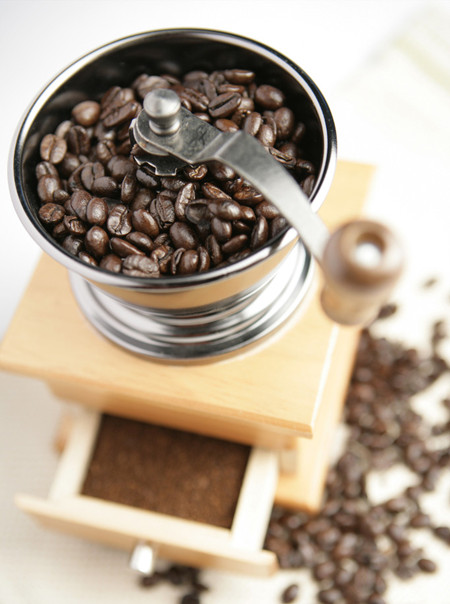Drying method for processing fresh coffee beans
This method involves drying the whole cherry fruit. There are also many differences in the implementation of this process, depending on the size of the farm plantation, the equipment available and the final quality required. The basic three steps are cleaning, drying and peeling, which are described in detail below.
First of all, harvested cherry fruits are usually sorted and washed, picking out the unripe, overripe and damaged ones, and removing dust, soil, twigs and leaves. This is usually done by hand, using a large sieve. Any unwanted cherry fruit and other substances can be left at the top of the sieve and picked out. Ripe cherry fruits are also separated by flotation in the sink, which is close to the stage of drying. The coffee fruit is spread out in the sun, on a large concrete floor, on a brick platform or on a straw mat lifted to the middle of the fork. As the coffee fruit dries, apply a hand rake or turn it over to make sure it is drier. It takes about 4 weeks for the coffee fruit to dry to the best humidity of 12.5%, depending on the weather. On larger farms or plantations, a dryer is sometimes used to speed up the process after the coffee fruit is exposed to the sun for a few days in advance. The drying process is the most important stage of the whole process, as it will affect the final quality of raw coffee beans. Overdried coffee beans become brittle and can lead to a lot of broken beans (which are considered bad beans) when peeled. On the other hand, coffee beans that are not completely dry will be too wet and can easily deteriorate quickly once bacteria invade.
Dried coffee fruits will be stored in special soil piles until they are transported to mills, peeled, sorted, graded, and packaged. These processes will be carried out there. The outer skin of all dried coffee fruits is removed in the steps performed by the peeling machine.
Ninety-five percent of Arabica coffee produced in Brazil is dried, and the vast majority of coffee in Ethiopia, Haiti and Paraguay is also produced in this way. It is also used to produce some Arabica coffee in India and Ecuador. Almost all Robster coffee is produced in this way. This method is not practical in areas where the air is humid or where the harvest season is often rainy next month.

Important Notice :
前街咖啡 FrontStreet Coffee has moved to new addredd:
FrontStreet Coffee Address: 315,Donghua East Road,GuangZhou
Tel:020 38364473
- Prev

Hand-brewed coffee to experience the original taste of coffee beans
[basic equipment]. Hand flush pot: the water should be fine. two。 Filter paper: make a cup of about 100cc-130cc, use 101filter paper. Make 2 to 3 cups and use 102 filter paper. Make 3 to 5 cups and use 103 filter paper. 3. Filter cup: determine the size according to the number of cups you often flush, and the material can be ceramic, resin, acrylic or copper filter cup. 4. Bottom glass pot: as long as it is a transparent container, it can match the size of the filter cup
- Next

Initial processing and roasting of coffee
The harvest time is different in different countries and regions. The harvest process requires a lot of manpower, especially high-quality selected coffee, which can only pick fully ripe red coffee cherries.
Related
- What is the meaning of lactic acid fermentation with coffee bean treatment?
- How to judge the state of foam by sound?
- How does the latte pull out the unicorn pattern? Come to get for a little trick to improve the flower pull!
- Will flower pulling affect the taste of the latte?
- Do you know the history of coffee?
- The difference between honey treatment and sun washing what is raisin honey treatment?
- What kind of milk can a novice use to make coffee foam to keep the foam longer? The correct method and skills of milking tutorial sharing
- Why do washed coffee beans taste sour? Flavor characteristics of washed Coffee
- Introduction to the skill of how to practice the size and height of water injection around the circle of hand-brewed coffee
- How do beginners practice coffee flower drawing from scratch?

